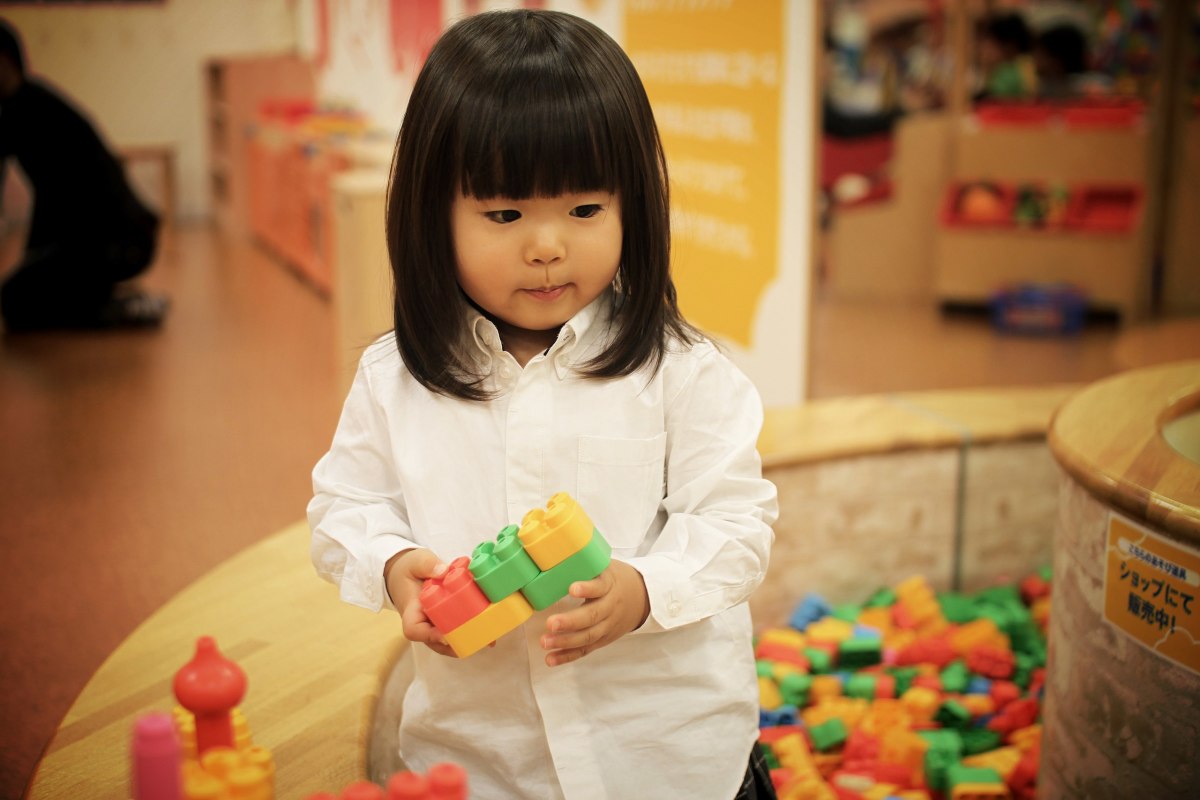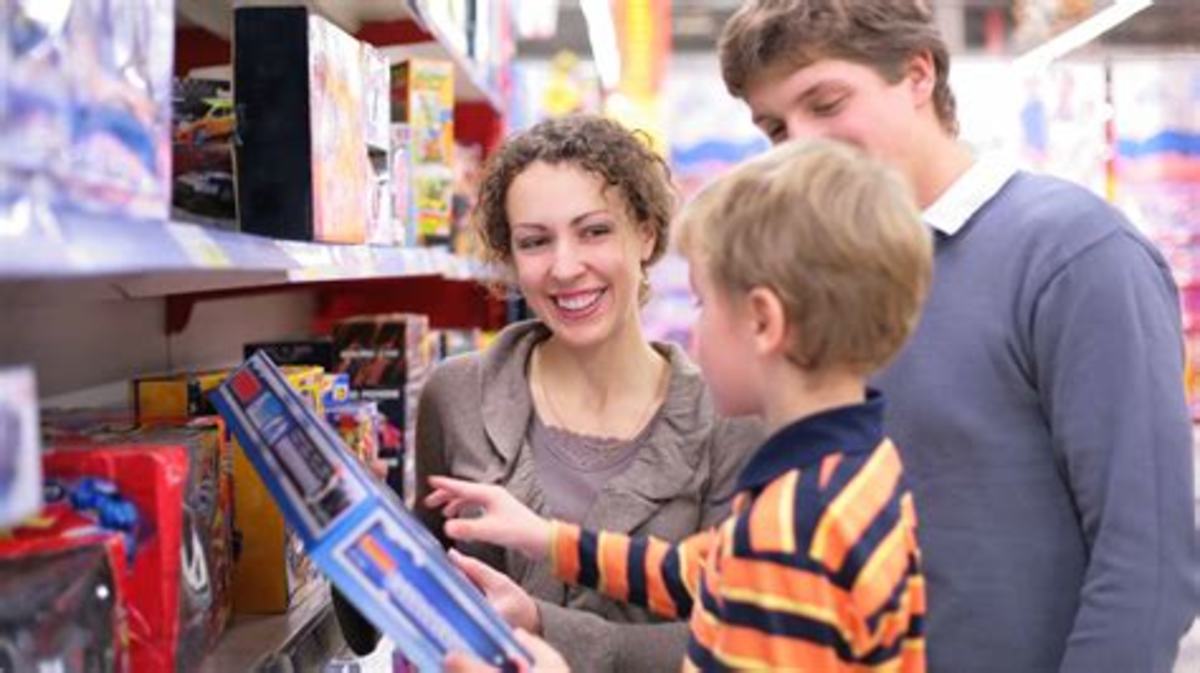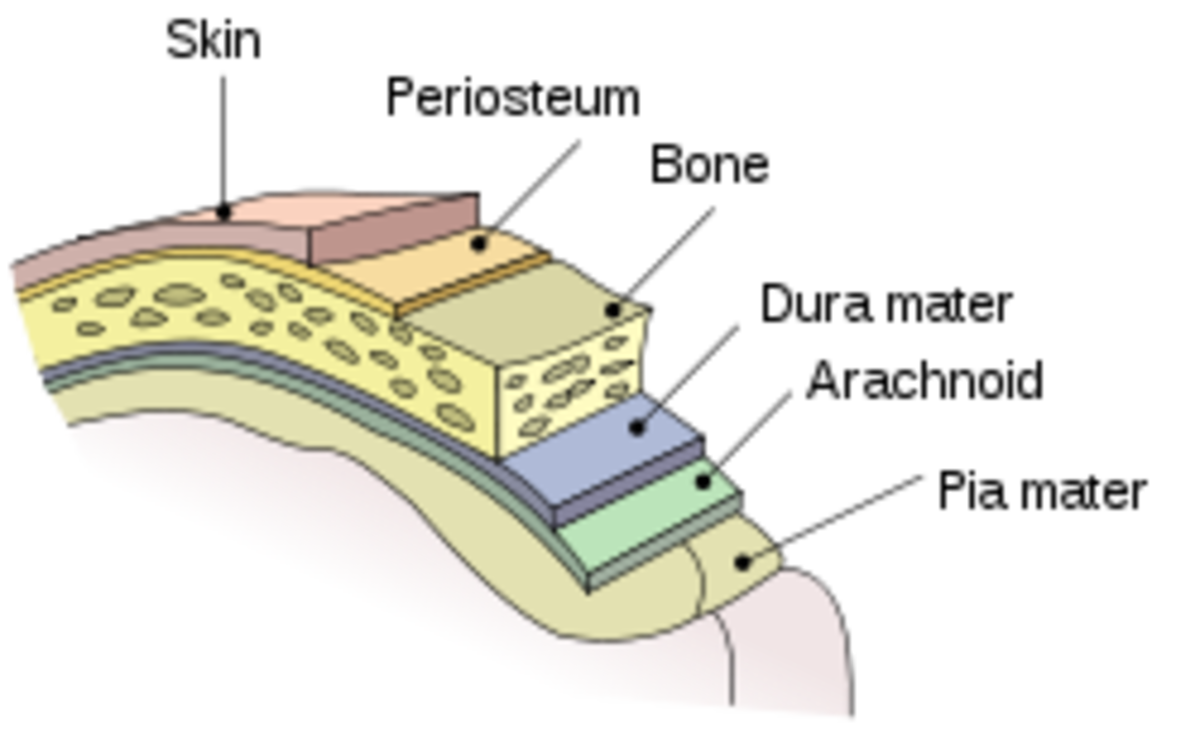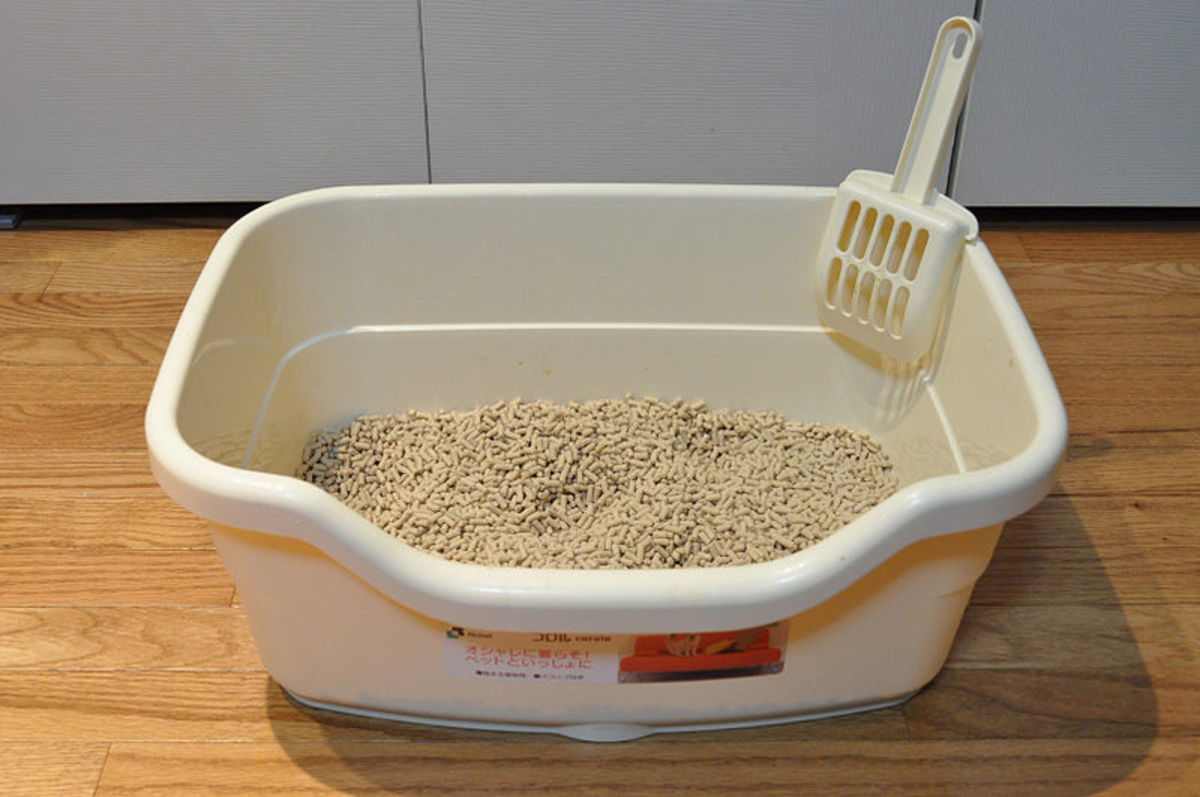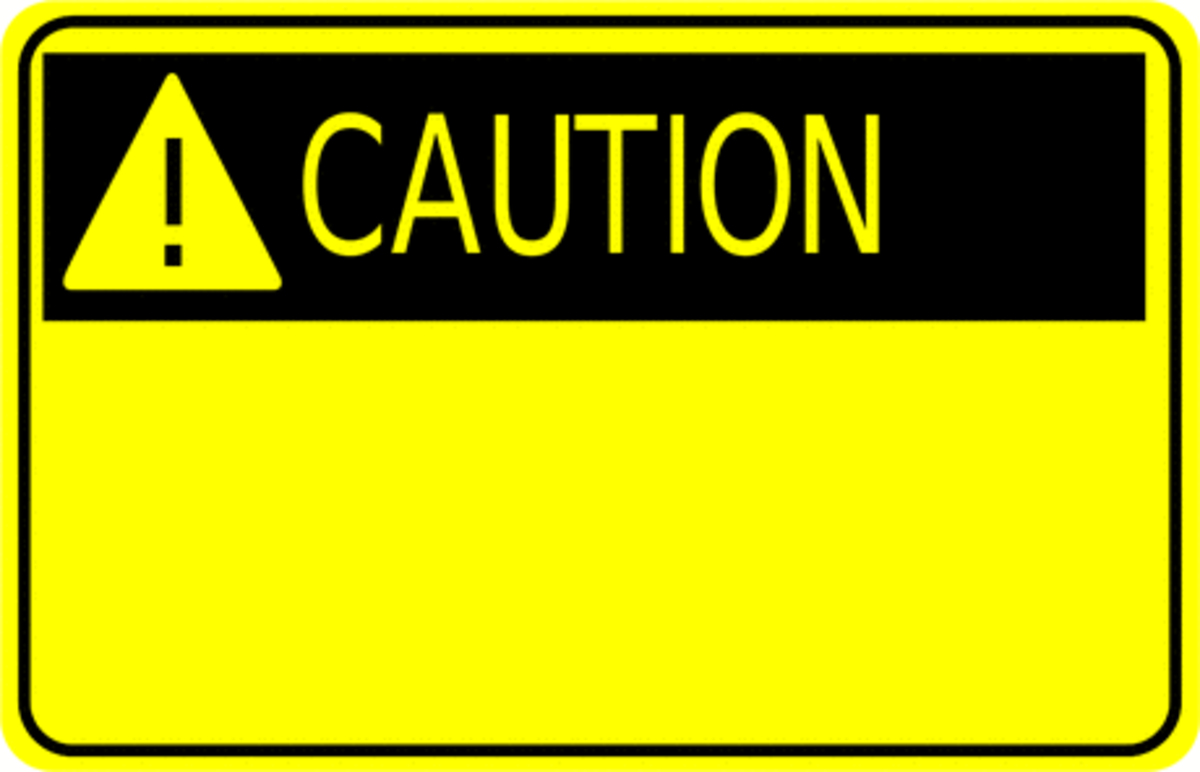Child Safety - Kids Toys
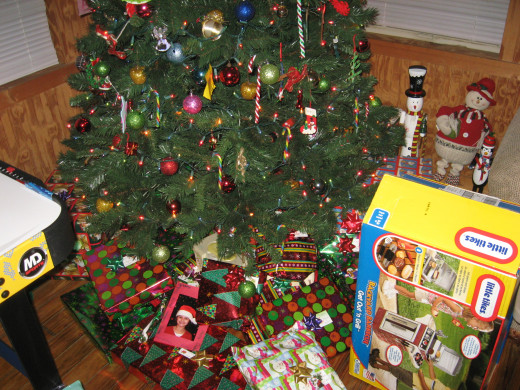
Kids Toys
If you’re a parent or grandparent, child safety is one of your top concerns. Sometimes, however, child safety is overlooked when it comes to kids toys. People often assume that all toys are safe, but that's certainly not the case. For example, in all the choking cases that occur annually in children under the age of four in the UK, around 6% are caused by toys or toy parts. That number is even higher in the United States. Of course, choking isn't the only issue here. With Christmas coming up, kids all over the globe will be receiving lots of toys - some safe and some potentially dangerous. Some toy manufacturers are much more diligent and scrupulous than others are, so consumers have to be careful. If you’re a parent, an aunt, an uncle, or grandparent, or if you have babies, toddlers, or preschoolers on your gift list, make sure you give child-safe toys. Below are some toy safety tips for you to consider before purchasing infant toys, baby toys, toddler toys, or preschool toys. No matter how cute or appealing a toy seems to be, child safety should be your first priority!
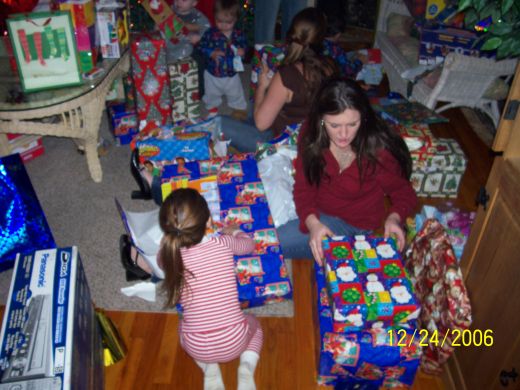
Child-Safe Toys
What are child safe toys? Child safe toys are manufactured in such a way that toy safety is addressed, usually in relation to the age of the child. When shopping for a kid’s toy, pay close attention to the recommended age printed on the box or package, along with any warnings. The biggest problem with toy safety is usually choking, but it’s not the only danger. Toy safety issues might also include items that are made of toxic or highly flammable materials.
If you don’t have children of your own, or if you’re not familiar with child behavior, choosing child safe toys might not be as simple as you think. Most toy manufacturers, however, are good about including age recommendations and warnings with their toys, so pay attention. You might find a wonderful toy that you want to buy for your two-year-old niece, even though the box might state “Recommended ages – 3 and up.” If you look closer, you might see a warning that says something like “Choking hazard – small parts.” You might be thinking something like, “This toy is recommended for children over three, but Sally is really smart. Even though she’s only two, I think she could figure out this toy and enjoy playing with it.” Sally might indeed be super smart and fully capable of enjoying a toy recommended for older kids, but that’s not the most important reason for the age recommendation. The recommendation and warning is for child safety – not for how smart a child is.
Infant Toys – Baby Toys
It’s perfectly natural to want to give infant toys and baby toys that are soft and cuddly, like stuffed animals and soft-bodied baby dolls. Of course, you don’t want to give baby toys that have small parts, even if the parts are attached. Toy parts can come off, including eyes, tails, ears, and whiskers. The stuffing might also come out of toys of this type, and that can certainly present choking hazards. Even if a soft toy doesn’t present a choking hazard, they still might not be safe. Such toys can increase the risk of SIDS. It’s important not to place toys, stuffed animals, pillows, or blankets in the crib with a baby. If the toy or stuffed animal is otherwise safe, allow the child to play with it only when an adult is supervising.
Baby toys for sale:
Toddler Toys
Toddler toys are even harder to choose than are baby toys. Toddlers are into everything, and many of them explore things with their mouth. Toddlers might be a lot stronger than you think they are, too. Toys for toddlers need to be tough and durable. These kids are tough on toys, and they might be able to remove small parts and pieces from their playthings. When you’re shopping for toddler toys, feel the items and their attached parts to see how secure they are. Do the wheels on cars and trucks come off? Can small clothing articles on baby dolls come off and be swallowed? If small parts can be separated from a toy, there’s always a chance they’ll end up in the child’s throat. Choking hazards for toddlers are all too common.
Toddler toys for sale:
Preschool Toys
As children reach the ages of four, five, and six, some toy safety issues might change. Preschoolers are bigger, stronger, and more adventurous than toddlers and babies are, which presents a different set of child safety problems. For toy safety for preschoolers, you need to think like a preschooler. Try to imagine what could possibly go wrong with the preschool toys you see while shopping. Think to yourself, “What all could a four-year-old do with this toy?” Kids can be extremely inventive and imaginative when it comes to finding new uses for toys. Ropes and strings can become hanging nooses, sharp objects can become weapons, and narrow items can find their way into electrical outlets. Even if the toys are child safe as far as the preschooler is concerned, toys can wreak havoc on your home. Non-washable markers can ruin furniture, clothing, bedspreads, and drapes. A toilet can become a place to float a small boat. Yes, this happened with my oldest daughter when she was a preschooler! She flushed the boat, and we had to remove the toilet to get the boat out.
Preschool toys for sale:
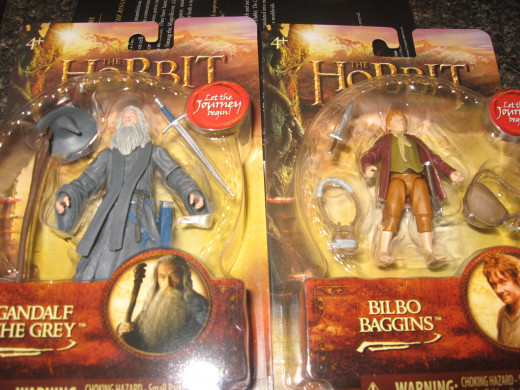
Toy Packaging
Sometimes child safe toys come in packages that aren’t child safe, so be careful how you handle the packaging. Keep any instruction or warranties, and throw the rest of the packaging away in a place that’s not accessible to little kids. Many toys come in bright, colorful boxes, and sometimes the kids are more interested in them than they are in the toys themselves. I’ve seen this firsthand with my grandchildren. There have been times when I’ve vowed just to give them boxes instead of toys!
Even some packaging that appears safe might not be. Watch out for those hard plastic coverings – they can be surprisingly sharp. I actually cut my thumb recently removing an item from such a package. Also, many toys are attached to the cardboard backing with metal wires or twist ties. In the wrong hands, these can be deadly. They’ll fit perfectly into electrical outlets, and they present choking hazards, too.
Plastic bags and sheets of plastic are biggies, too. If the bag is large enough to enclose a child’s head, or if a plastic sheet is large enough to cover a baby’s face or nose, suffocation can occur. Even small pieces of this plastic, rubber, or latex can be dangerous. If kids get them in their mouth, they can cover the windpipe and prevent the ability to breathe.
Don't forget about wrappings that you add yourself, either. Bows, ribbons, and decorative chords can be surprisingly strong, and when they're brightly colored or embellished with glitter, they might be very tempting for children. You certainly don't want them to end up around a baby's or toddler's neck, so don't leave them lying around. During all the excitement of the gift unwrapping session, it's easy to overlook potential problems, so appoint someone to gather up and dispose of wrappings and ribbons as the gifts are unwrapped.
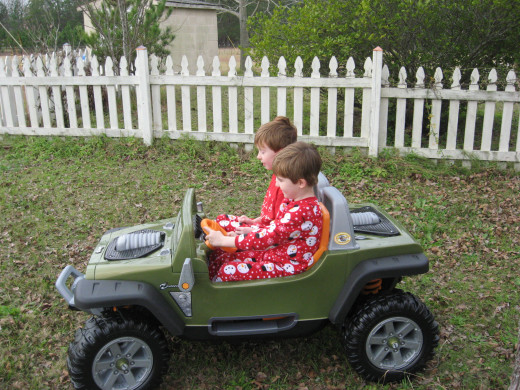
Ride-On Toys
Ride-on toys present yet another important consideration for child safety. Obviously, kids don’t usually choke on ride on toys, but they can be dangerous in other ways. Most kids are daredevils, wanting to see just how fast and how high they can go. Two of my grandsons are getting new bikes for Christmas from me and Papa, and I’m buying them helmets and knee pads to go with the bicycles. I might include elbow pads, too. If you’re giving ride-ons like bikes, skateboards, pogo sticks, or scooters, include the proper child safety equipment. You can wrap them in separate boxes, so the kids will enjoy receiving and opening more gifts. Of course, you’ll also need to supervise the kids when they’re on their riding toys. Keep them away from streets, roads, and cars. Also, don’t allow the kids to use the ride on toys on steep inclines. You might be surprised at just how fast some of these toys can go!
Be careful with pedal toys in which the kids sit. Dangling fingers can get caught in the chain mechanism. This happened to me when I was a kid, and it was extremely painful. My forefinger ended up caught between the chain and the wheel, and I couldn’t remove my finger until I pedaled enough for it to be released. My poor digit was really chewed up. Thankfully, most kids toys like this are now equipped with guards that prevent such accidents. Check to be sure.
Toy Recalls
Toy recalls can be a real nightmare as far as child safety is concerned. You buy a toy that you think is safe, and the kid falls in love with it. Then you find out it’s so unsafe that it’s been recalled. You’d think that major companies with good reputations would sell only child-safe toys, but that’s not always the case. There have been toy recalls for items produced by Walmart, Toys R Us, Build-a-Bear Workshop, Target, Fisher-Price, Mattel, and Radio Flyer. A toy might be recalled for any number of reasons. Among the most common are due to choking hazards, potential cuts, potential burns, or falling hazards. Another major reason kids toys might be recalled is due to toxicity. The toys might contain lead, cadmium, or mold - considered toxic toys. There are websites you can visit to check on toy safety, toy recalls, and product recalls. Some of these are parents.com, recalls.gov/, and cpsc.gov/. Some toy companies also provide recall information on their own websites. You might want to check out all your kids toys to ensure child safety!






